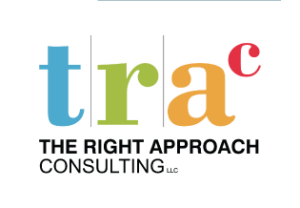Quality Toolbox: Process Analysis Tools – Flowcharting
Process Flowcharting: Process flowcharting is the use of a diagram, or picture, to represent the major elements of a process in sequential order that is used to determine how the process is really operating. Process flowcharting, also called a process flow diagram or simply a flowchart, will define boundaries and constraints and is the first step in measuring the c urrent process. Before a process can be improved, it must be understood, and process flowcharting is the right tool for the job. The first step in many process improvement projects is to flowchart the process as it currently exists, which may not have any resemblance to company standard operating procedures (SOP). The realization that their SOPs do not reflect how the operation is really running is generally an “Ah-Ha!” moment for the company. Although turning a process into a picture may sound very simple, it is an incredibly powerful tool to see what is really happening in a process.
urrent process. Before a process can be improved, it must be understood, and process flowcharting is the right tool for the job. The first step in many process improvement projects is to flowchart the process as it currently exists, which may not have any resemblance to company standard operating procedures (SOP). The realization that their SOPs do not reflect how the operation is really running is generally an “Ah-Ha!” moment for the company. Although turning a process into a picture may sound very simple, it is an incredibly powerful tool to see what is really happening in a process.
A flowchart should be used when a team needs to: 1) Understand how a whole process works, 2) Identify the critical points, bottlenecks, or problem areas in a process, 3) See how the different steps in the process are related, or 4) Identify the “ideal” flow of a process. Developing a process flowchart is quite simple, and consists of gathering a group of people in a room that are involved in the process, arming them with a stack of Post-it® Notes, and holding a brainstorming session on how the process currently works. When the process flowchart is finalized, it should be formatted in a flowcharting software such as Microsoft® Visio and become part of the documentation system. After a flowcharting session, the people actually doing the job are always amazed at the difference between how they perceive the process and what is really going on. A common result is a spaghetti diagram that highlights excessive travel, motion and redundancy. A picture truly is worth a thousand words.
